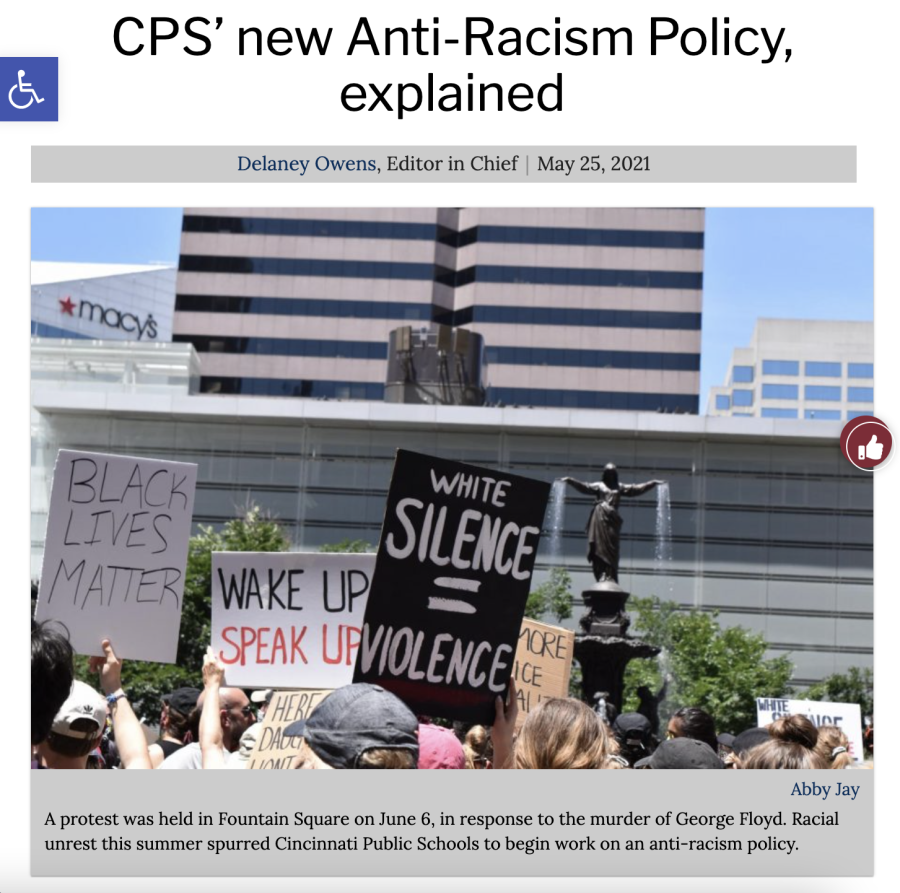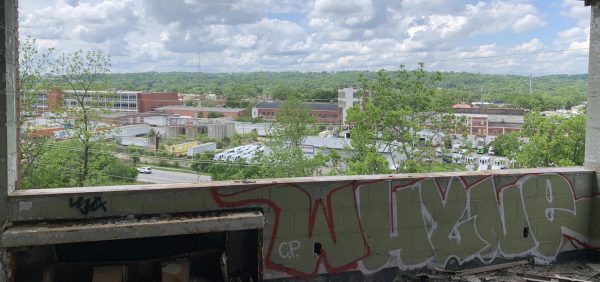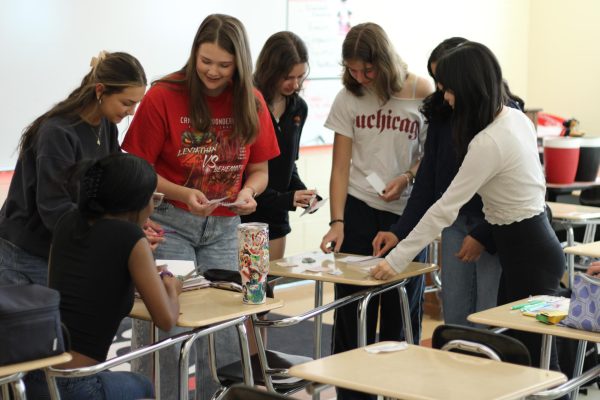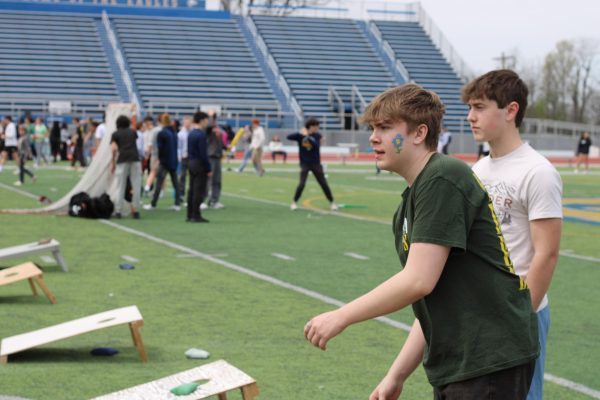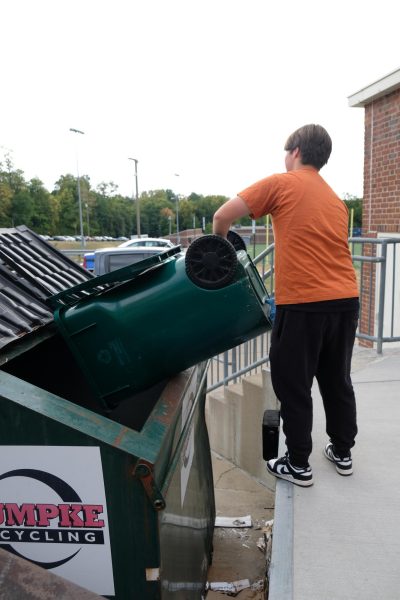The importance of student journalism
An article written by Delaney Owens breaking down an anti-racism policy introduced by the CPS school district.
The foundation of a society is information. Every day millions of people read news articles written by journalists who believe their duty is to provide credible information and spotlight unheard stories. These articles have the potential to influence the thoughts and actions of people across the globe.
Although on a smaller scale, student journalism has the same impact. The stories student journalists cover are designed to inform their audience and highlight the distinctive nature of their community.
The Chatterbox, like many other student newspapers, often covers a set of standard stories every year: prom court, student congress elections and schedule changes. While these stories can be easily overlooked, they still provide valuable information for students and staff that they may be unable to get elsewhere.
However, student coverage goes beyond these typical stories to issues unique to individual schools as students write about policies, events and people that directly affect their communities. Student journalists also consider national, and even global events within the context of their school environments.
In recent years, The Chatterbox covered the impact of the Black Lives Matter movement, drawing connections to its local impact on our community. We have broken down complex policies regarding anti-racism created in response to the movement in an effort to bring students accurate and easily digestible information and contextualize it in their daily lives.
Along with reporting on well-known events, student journalists also possess the ability to draw attention to other topics of community interest. Watchdog journalism is a specific branch of journalism designed to keep the government and powerful entities in check by informing citizens about their actions.
Student journalism is no different. Despite possible repercussions such as censorship, punishment by administration or legal action students continue to inform their audience about the actions of officials.
Students may also critically consider their peers and social culture through journalism. As far back as 1961, The Chatterbox examined the actions of students in social clubs, similar to fraternities and sororities, and how they alienated students from each other and encouraged dishonest behavior. In a series of articles written by both Chatterbox staff and social club advocates, students expressed both perspectives about the role of social clubs. Articles such as these demonstrate the ability of student journalism to provide equal opportunities for all students to discuss events within their communities.
Beyond factual stories and critiques, student journalists focus on the lives and stories of their peers. Many of the stories covered by The Chatterbox are not told by professional newspapers: stories of athletic and academic triumphs and failures, stories of education through trying times, stories of protests and students making their voices heard and stories of our students making history. Without student journalism, these stories would be painfully absent from recorded history.
Student journalists have unique access to the community they cover and can tell these stories more authentically.
The stories students cover in the present will ultimately indicate what the future of professional journalism holds. Their actions will determine what stories are told and how future readers will evaluate media. Student journalism will continue to provoke thought, learning and action from both student journalists and readers alike.
Your donation will support the student journalists of Walnut Hills High School. Your contribution will allow us to purchase equipment, cover our annual website hosting, printing costs and offset competition and conferences fees for students.



